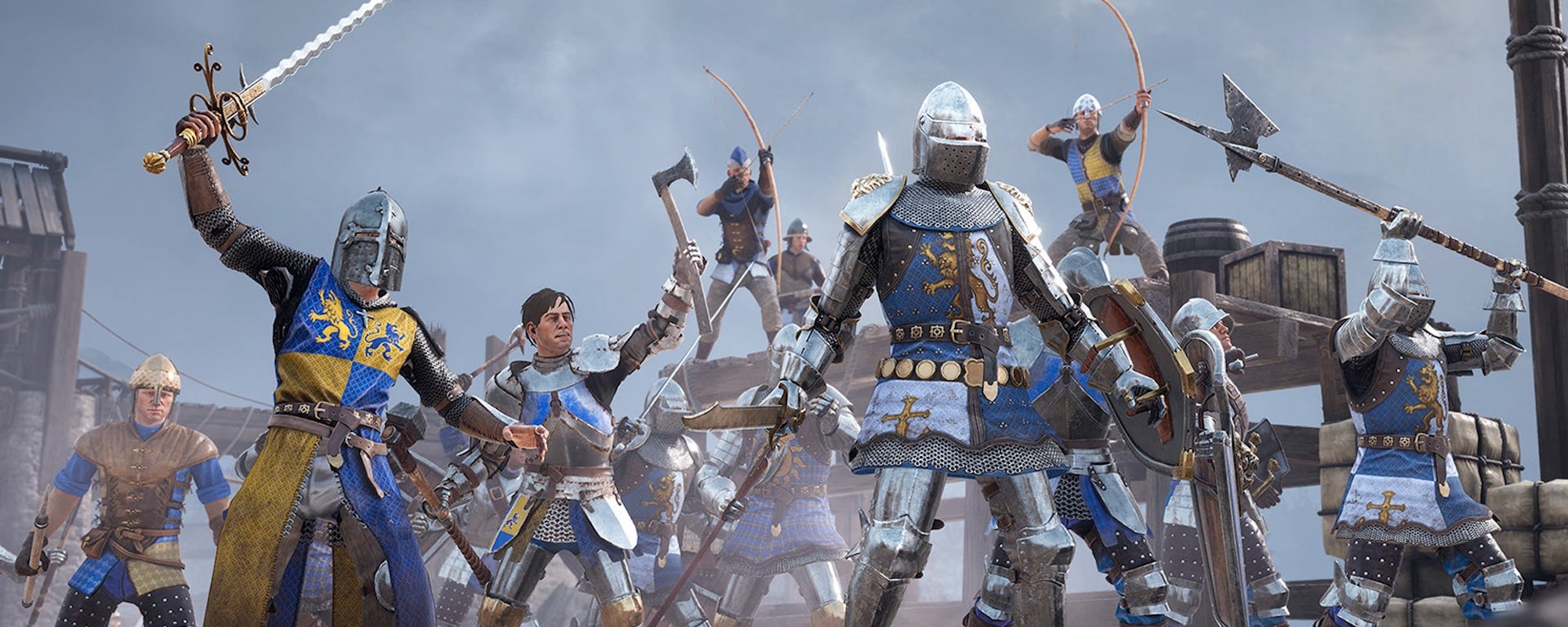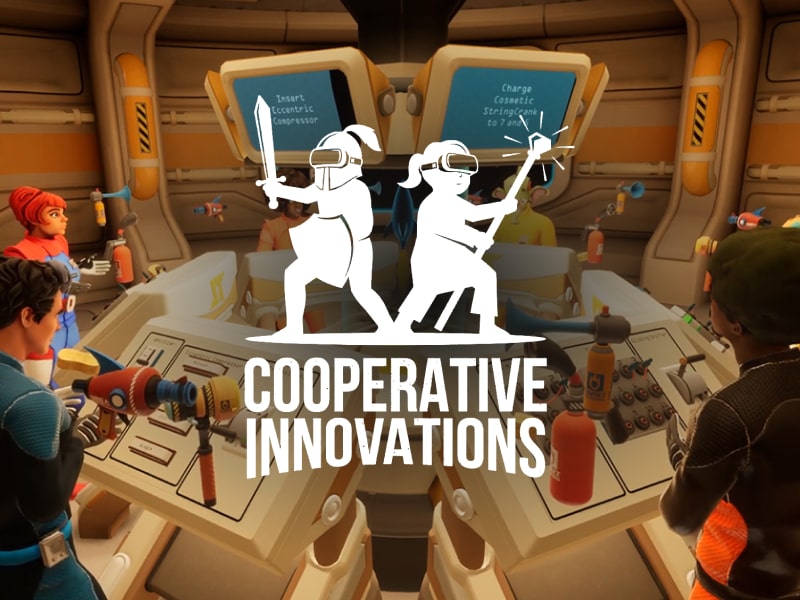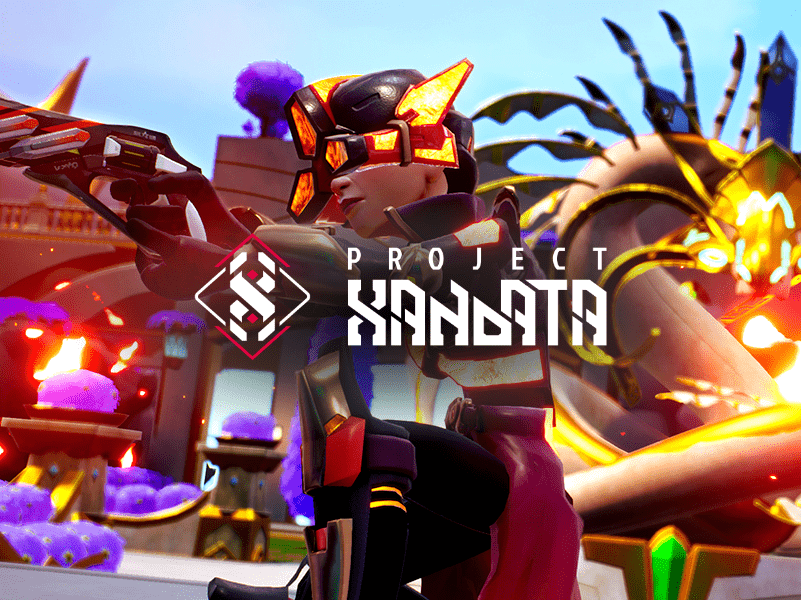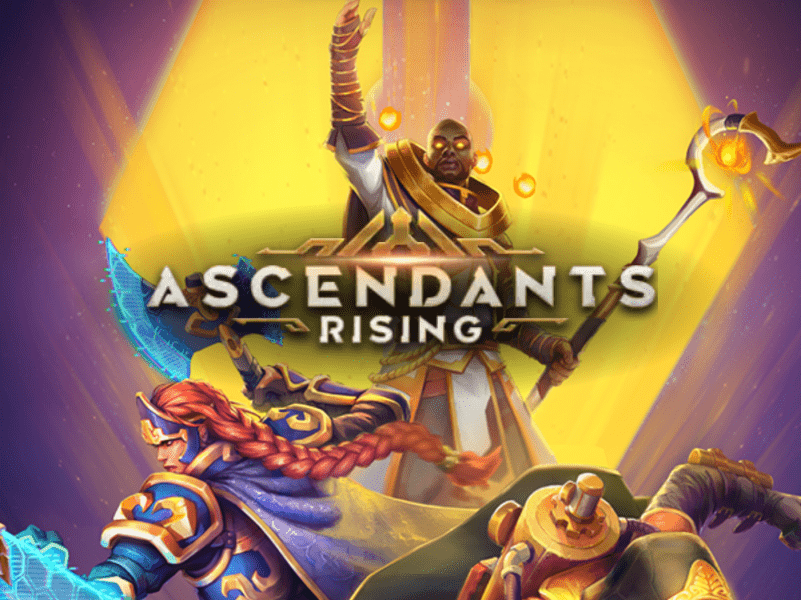Don't just take our word for it
Games around the world have entrusted us to make sure their multiplayer sessions work without a hitch. Read all about them here.
Games around the world have entrusted us to make sure their multiplayer sessions work without a hitch. Read all about them here.

Launch day can make or break a game. This medieval melee hack-and-slash brings together 64 players into a single battle to swing swords at one another. But on the day they had twice as many players as they expected. Despite this, we kept their servers up with zero downtime and handled the surge.

Clone Drone in the Danger Zone is a laser sword-fighting action game where any part of your robot body can be sliced off. With around 19,000 “overwhelmingly positive” reviews on Steam, it’s fair to say that it has an engaged and enthusiastic following. But the game itself was fast approaching a danger zone of its own.

Not everyone has a VR headset. So that meant Space Team wanted to make sure players could play through their smartphones as well.

When Secret 6 created their intense competitive 3v3 FPS, their old servers couldn’t handle the strain at a reasonable cost. So they chose Gameye to cut costs and improve their lag issues.

Working together, players fight their way across a multiverse in this co-op action-RPG. Ascendants Rising needed our help to make sure that their PvE experience was smooth for everybody playing.

Get in touch with our team and we’ll talk you through exactly how our orchestrator works and how we could integrate it into your game.